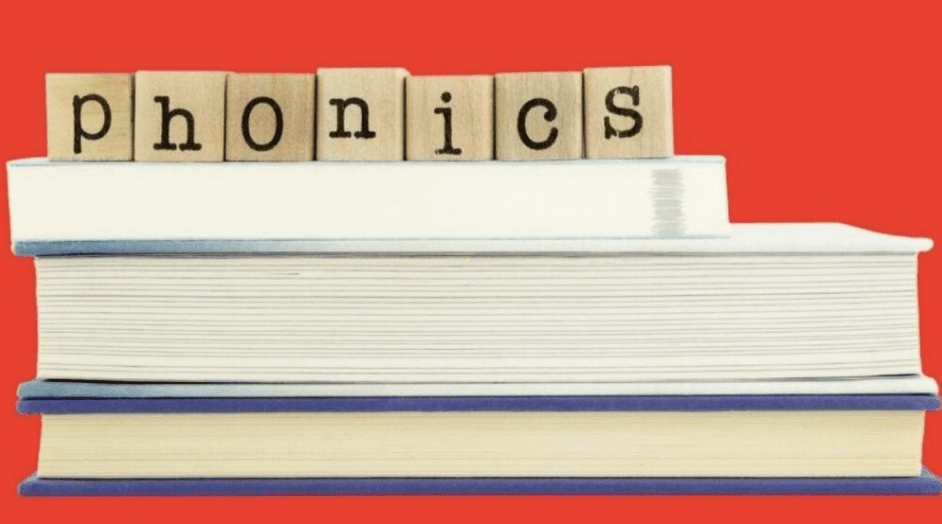
Put simply, Orton-Gillingham is the best approach to teach literacy. While it is effective and beneficial for all students who are struggling to learn to read and write, it is essential for any child with dyslexia. That is because any Orton-Gillingham program includes direct, explicit, systematic, multi-sensory lessons that reinforce sound-symbol relationships – the foundation of literacy skills. We have decades of research on the science of reading, and it conclusively shows that our brains are not hardwired to read. We need phonics instruction, and Orton-Gillingham programs are an amazingly effective way to teach phonics.
Where Did Orton-Gillingham Come From?
The methodology was developed by Samuel Torrey Orton (1879-1948), a neuropsychiatrist and pathologist, and Anna Gillingham (1878-1963), a gifted educator and psychologist. Together, Orton and Gillingham introduced the idea of breaking reading and spelling down into small, discreet skills based in letters and sounds, and then building on these skills over time using a multi-sensory approach. During lessons, students use sight, hearing, touch, and movement to establish a deep connection between letters, sounds, and words.
What Does an Orton-Gillingham Lesson Look Like?
Review – Students read and write previously learned spelling patterns, suffixes, and sight words
Introduce new spelling pattern
Dictation work to practice applying new spelling pattern in writing
Reading work to practice applying new spelling pattern to decode words
Other Great features of Orton-Gillingham
Orton–Gillingham places a strong emphasis on teaching rules and patterns in a systematic way, so that students understand the hows and whys behind reading. This helps children to apply that knowledge to decoding (reading) and encoding (writing) new words that follow those same rules.
Each lesson builds upon the rules and patterns taught in previous lessons, thereby integrating extensive opportunities for review, reinforcement, and assessment.
Unfortunately, despite everything we know about how the brain learns to read, most schools do not include systematic phonics instruction as a part of their elementary curriculum. Indeed, it isn’t even a part of most teacher training programs. As a result, despite the best intentions and endless effort of so many incredible educators, America has a significant reading problem. Luckily, Braintrust tutors are here to help!




